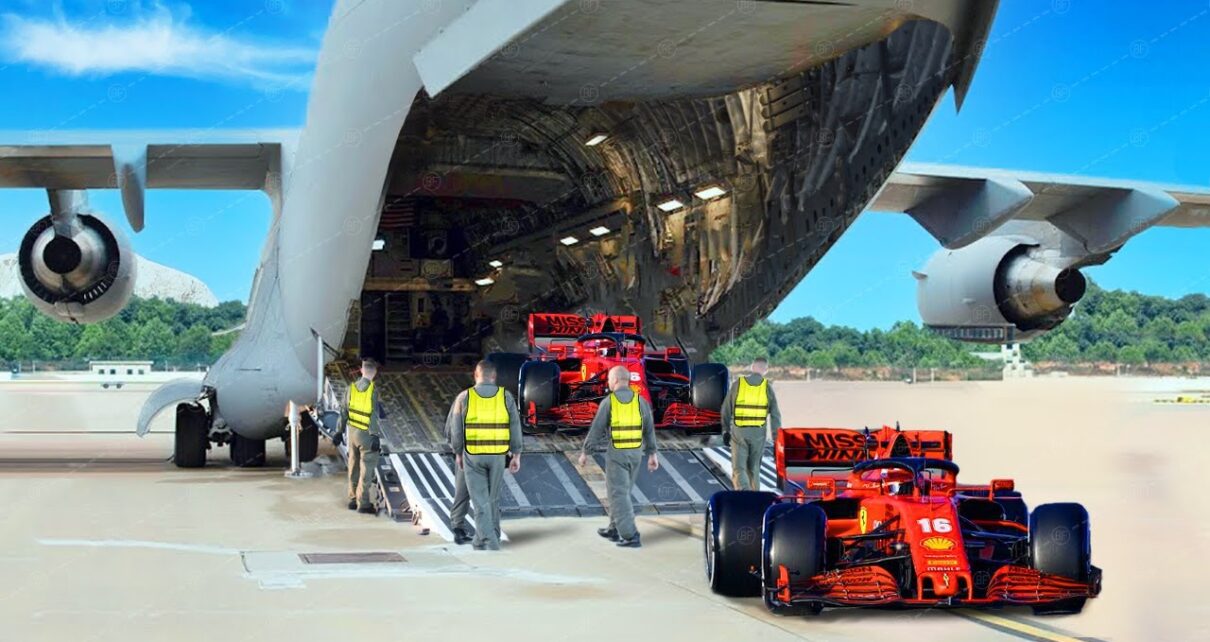Formula 1 racing is one of the most anticipated events that motorsport enthusiasts eagerly wait to witness. The craze for the sport keeps growing as it gathers more fans, from young children to seniors cheering for their favorite teams.
Since the event occurs at different locations worldwide, you might wonder how they transport their cars.
This article has gathered some inside information on what goes on behind the scenes to give you a brief on the transportation procedure of F1 cars that teams use. So, go ahead and find out!
How Do F1 Teams Transport Their Cars?
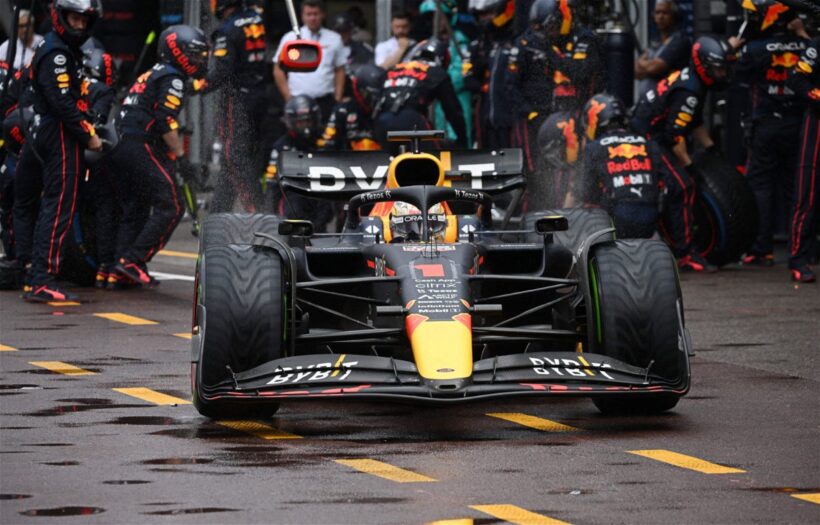
Moving a Formula 1 car is not a simple process. It includes planning that covers the kind of transportation, the path the automobiles will travel, and the duration of the trip.
In addition to moving the vehicles, getting ready for each race day requires moving a sizable amount of electrical equipment, replacement parts, test equipment, components, and instruments.
Since F1 teams cannot keep switching their cars from location to location and carry the bulky equipment, they resort to transporting the valued cars that bring them success on the tracks.
Although it may sound expensive and rigorous, a little effort gets them safely transported to the desired location.
Mostly, F1 cars are taken to various locations via air or road. Teams may also use multiple ways to bring the cars to the location of the event, depending on the distance from the origin.
How are F1 Cars Transported by Road?
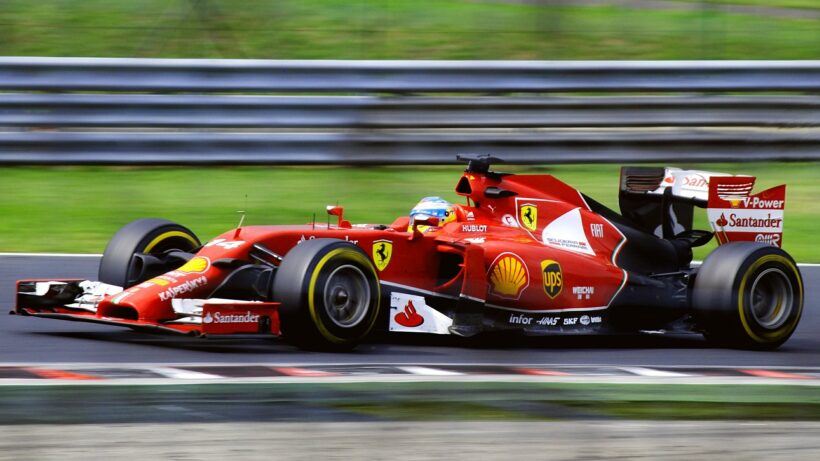
Since most teams are based in UK and Europe, the road is the most common choice, as the F1 cars can be transported by heavy duty trucks.
For this type of transportation, the cars are typically transported in specially-made containers to safeguard cars during travel. The automobiles are packaged up and shipped for road transit without any of their aero packing.
The vehicles are cushioned and placed on a raised platform within the truck to avoid any movement or damage to the parts. The trucks are filled with all the necessary supplies for the racing weekend, including vehicles, spare parts, and tools.
Tires, gasoline, and other equipment are transported independently by technical contractors and local partners. When the materials they are hauling are prepared and ready to go, the trucks leave the track.
These trucks convey whatever is necessary for a successful racing weekend. The process is repeated once the race is finished as the trucks go to the next racecourse and wait for the unloading team to discharge their cargo.
How are F1 Cars Transported by Ship?
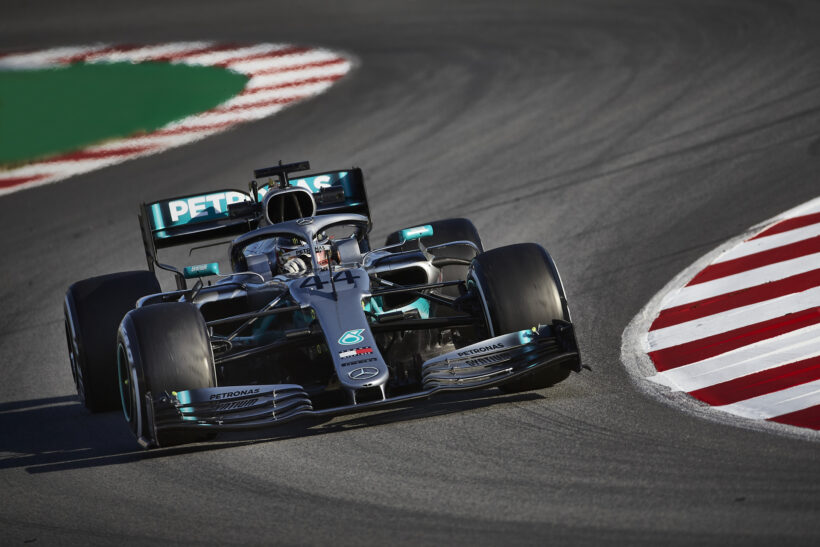
Transport by ship is the most reasonable yet slowest way to transport F1 vehicles and parts across national borders. As opposed to other techniques like flying, it also has the advantage of being a carbon-efficient way.
It may also be utilized during the off-season to transfer vehicles and equipment when drivers are no longer participating in races or to transport replacement or replacement parts for F1 vehicles.
However, the automobiles will need to be transported early because this approach is extremely sluggish. Since maritime freight is slower and less trustworthy than road and air delivery, essential components and vehicles often do not utilize it.
Tables, trolleys, hospitality, seats, gym equipment, fan zone equipment, and other items are among the equipment packed within shipping containers.
How are F1 Cars Transported by Air?
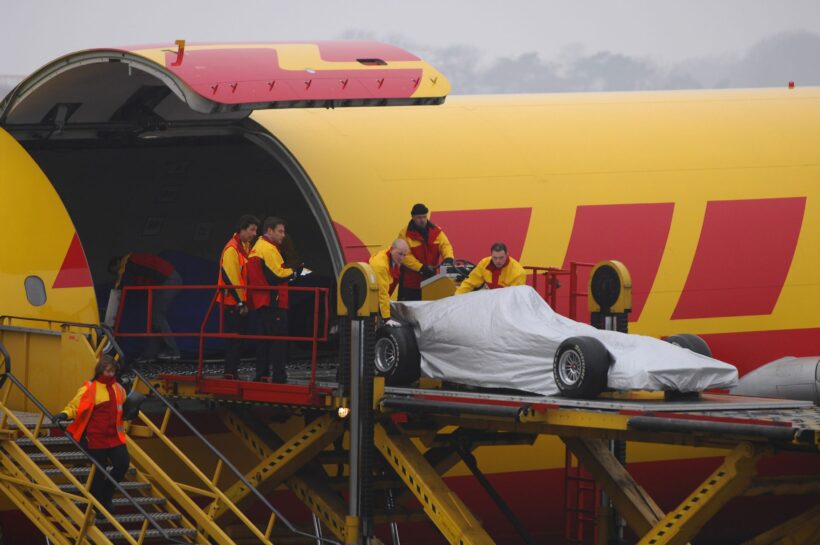
Critical and non-critical parts are divided into 2 categories for air transportation. It is a more complex process. The computers, chassis, motors, wings, tires, and IT racks are all crucial components. Garage accessories like jacks and tools are examples of noncritical parts.
The teams are taxed for their share of the cargo capacity because Formula 1 often charters the aircraft in collaboration with DHL.
The equipment is delivered to the track in the appropriate sequence according to need. However, the automobiles are disassembled down to their bare essentials before putting on the plane.
The front and rear wings, gearbox, mirrors, and suspension components are all taken off the vehicle. These components are packaged individually in foam-slotted boxes.
As an added precaution, some teams may also bubble-wrap the parts. They use their own specially designed coverings to pack the chassis.
Conclusion
Transporting F1 cars is a complex process involving extensive planning by those responsible. While planning to bring their cars to the event, teams must consider time, money, and safety.

